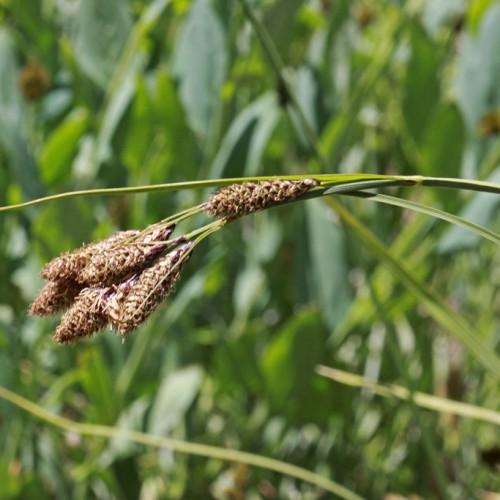
Blackened Sedge
Carex atrata
Watering:
Frequent
Hardiness Zone:
Sun:
full sun,part shade
Leaf:
Yes
Growth Rate:
Low
Drought Tolerant:
Yes
Salt Tolerant:
Yes
Care Level:
Medium
watering
Atlantic Sedge should be watered regularly. During the summer months, it should be watered about twice a week, ensuring that the soil stays moist but not soggy. During the winter it should be watered about once every 2 weeks, allowing it to dry out in-between watering. If grown in containers, check the soil often and if it appears to be dry, water the plant. Be sure to not over-water as it can cause root rot and damage the plant.
sunlight
Atlantic Sedge benefits from plenty of sunlight and should be grown in a location that receives at least 4-6 hours of direct sun each day. During the summer months, this plant species thrives with increased sunlight but must be protected from the harshest midday sun. In areas with hot climates, it is best to provide some shade during the heat of the day. In moderate climates, filtered sun is preferred.
pruning
Atlantic Sedge (Carex atlantica subsp. atlantica) should only be pruned when the plant begins to look overgrown or when dead, diseased, or damaged foliage needs to be removed. The best time to prune is late winter or early spring before new growth begins. When pruning, avoid cutting more than a third of the plant's foliage at any given time, as this can cause stress to the plant and hinder its growth. Use sharp, clean pruning shears and make sure to prune all of the affected foliage, as partial pruning can cause more damage.
